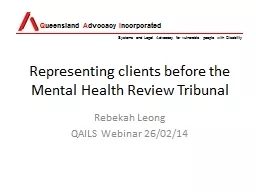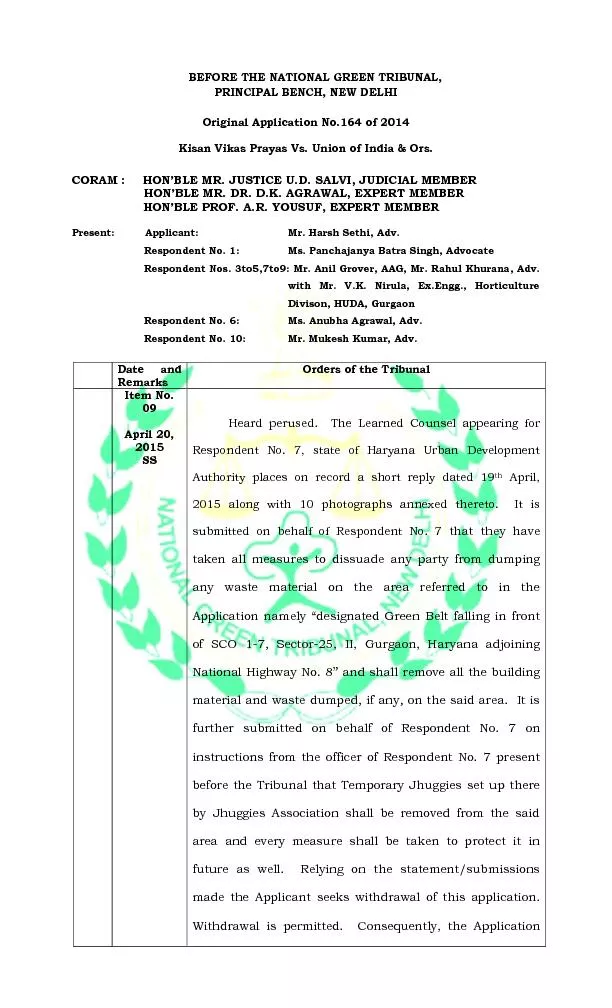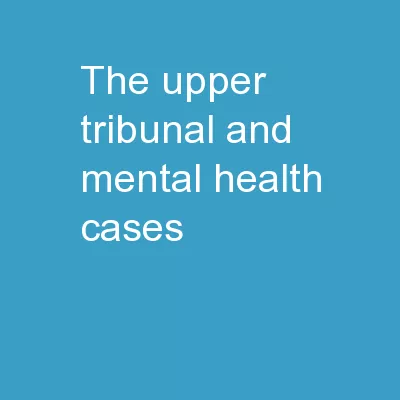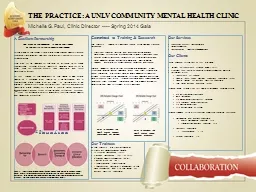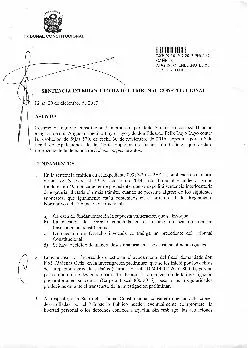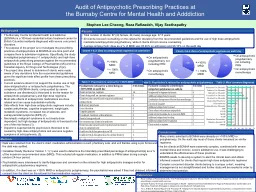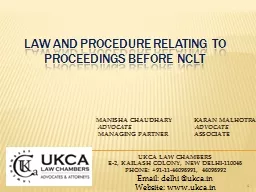PPT-Representing clients before the Mental Health Review Tribunal
Author : ellena-manuel | Published Date : 2018-03-19
Rebekah Leong QAILS Webinar 260214 Q ueensland A dvocacy I ncorporated Outline Background to representation Scope of powers of MHRT Initial contact with client
Presentation Embed Code
Download Presentation
Download Presentation The PPT/PDF document "Representing clients before the Mental H..." is the property of its rightful owner. Permission is granted to download and print the materials on this website for personal, non-commercial use only, and to display it on your personal computer provided you do not modify the materials and that you retain all copyright notices contained in the materials. By downloading content from our website, you accept the terms of this agreement.
Representing clients before the Mental Health Review Tribunal: Transcript
Download Rules Of Document
"Representing clients before the Mental Health Review Tribunal"The content belongs to its owner. You may download and print it for personal use, without modification, and keep all copyright notices. By downloading, you agree to these terms.
Related Documents

